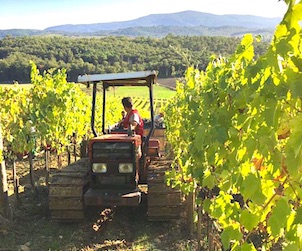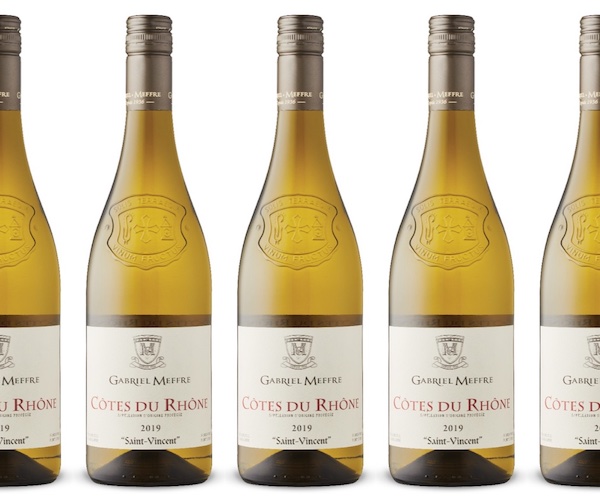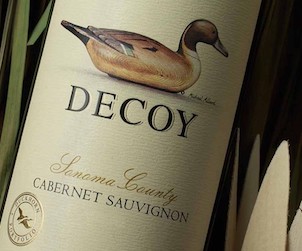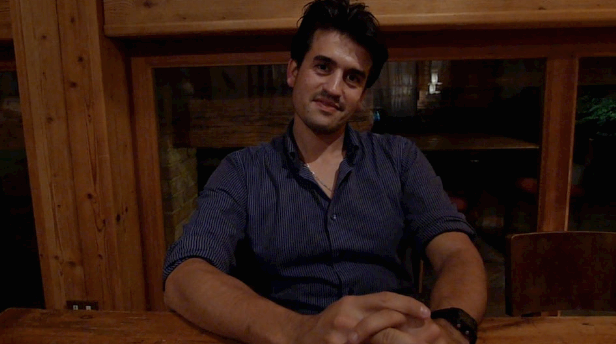Malcolm Jolley tastes and learns about the Chianti Classico wines of Bibbiano.

Luca Mittica (second from left) from Tenuta di Bibbiano with the Le Sommelier agency team at the Chianti Classico show, June 18, 2018. Photo: Instagram.
Luca Mittica is the export manager for Tenuta di Bibbiano winery in the Chianti Classico region north of Siena. Mittica was in town this week as part of a delegation of wine makers and representatives from Chianti Classico to showcase the three types of red wines from Tuscany that can be stamped with the ‘Black Rooster’ and words ‘Chianti Classico’ from that specific area. Like the other producers at a trade show held at the AGO on Monday, Mittica, and his Ontario agent Le Sommelier, brought examples of Bibbiano’s Annata, Riserva, and Gran Selezione wines. Annata, which is simply ‘Chianti Classico DOCG’, is the most simply made, usually without wood or using neutral wood. Riserva, must be aged for at least 24 months, including at least three months in bottle. And Gran Selezione, which is often made from a single vineyard or a cuvée of small selection of vineyards, must be aged for a minimum of 30 months, with (again) three required months of ageing in bottle. While the DOCG prescription for Riserva and Gran Selezione does not mandate barrel ageing, most producers will use some new oak to vinify their higher tier wines, with the intention to give a little more tannic structure to improve ageability.
I met with Mittica this week, after the show, to shoot the video below. Before our interview, we tasted through some of Bibbiano’s wines and talked about the history of the certified organic winery, which for many years was a project of the famous Tuscan oenologist, Julio Gambelli, a point of pride for the fifth generation owners of Tenuta di Bibbiano owners, the Marrochesi Marzi family. We began with the 2015 Chianti Classico Bibbiano, which is currently in consignement and available through Le Sommelier at $24.95 a bottle. As with all the Bibbiano wines I tasted, the Classico is 100% Sangiovese and is fresh, clean and red to dark red fruit driven with a touch of earthiness on the finish. I also tasted the 2016 Classico, which is in transit to Ontario, which had much the same notes. We tasted the 2014 Bibbiano Chianti Classico Riserva, which is also in stock in consignment for $30.95 a bottle, a elegant wine that’s the product of cooler vintage, infamous for rains at harvest time. The Riserva is all about red fruit: cherry and cranberry, with some gravelly tannins. Also from that year, we tasted the Bibbiano Chianti Classico Gran Selezione Vigne di Montornello, a cuvée from three small vineyards on the same hill. It mirrored the Riserva, which also draws in part from Montornello, in fruit and tannin but with a touch of peppery, or maybe cinnamon spice. Once we’d graduated to Gran Selezione there was no turning back, next we tasted the 2015 Bibbiano Chianti Classico Gran Selezione Vigna del Capannino, from a single vineyard of Sangiovese Grosso vines that Signor Gambelli had brought from Montalcino. Wow: the 2015 was concentrated and deep in dark cherry fruit, with a tannic silkiness, then we tried the 2013… Wow, wow: deeper still in fruit and hinting at blackberries. Intense, and yet both were still young. Anyway, with the tasting done, it was time to ask Luca Mittica about where the wines came from.
Full disclosure: Le Sommelier is a Good Food Fighter sponsor of Good Food Revolution.







